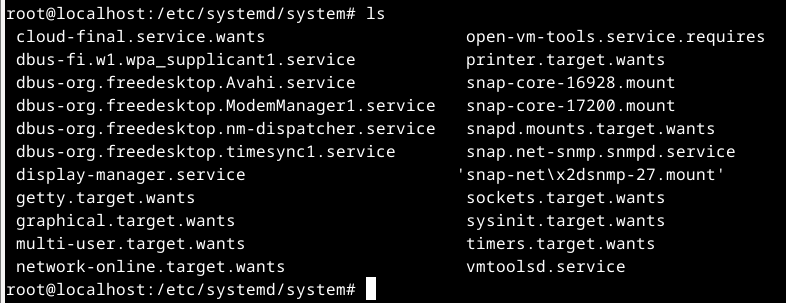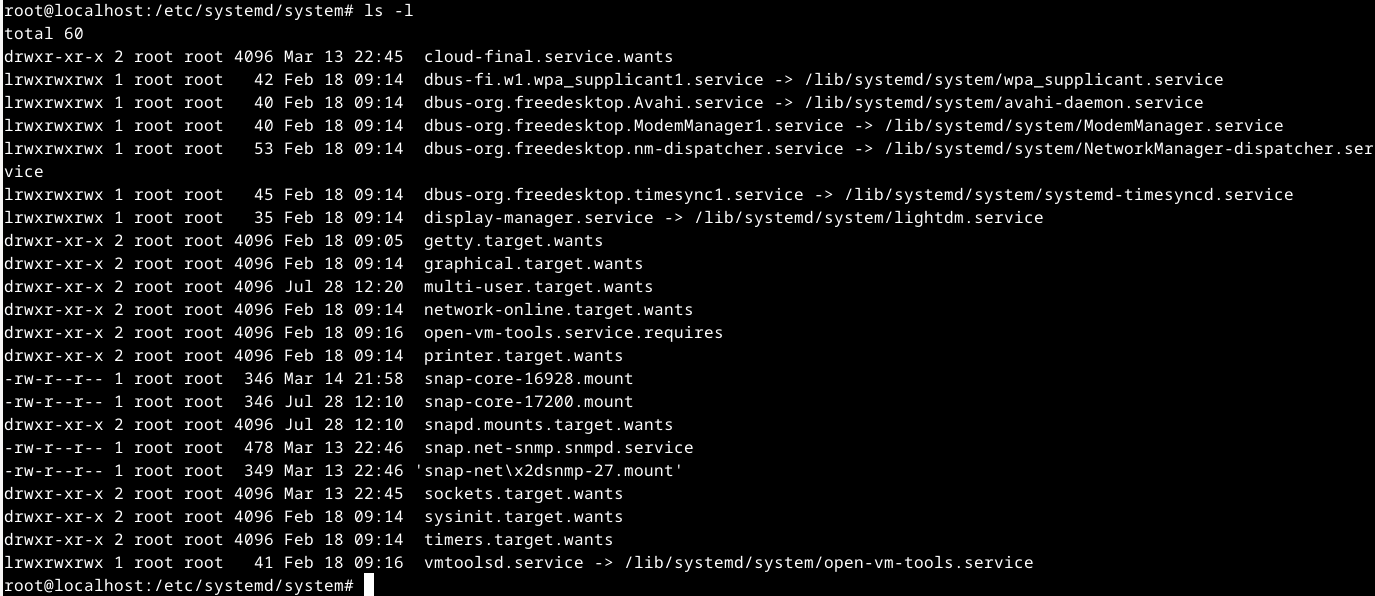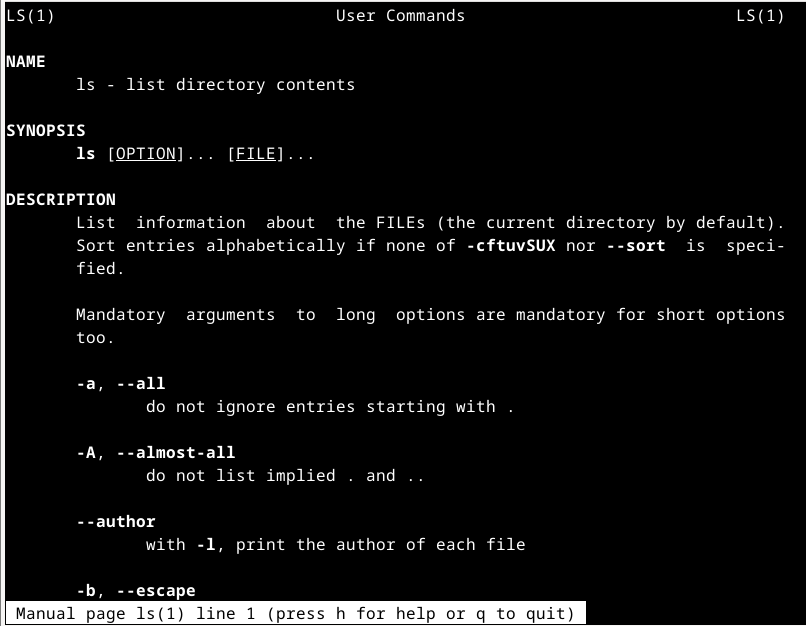Are you overwhelmed with where to start after getting your first PC, class, or job that requires you to use Linux?
Look no further; in the following post, I will show you basic commands in Linux. You can use them to navigate your system and perform basic operations.
You can also do that the same way you would on Windows, but much faster using the shell.
Change Directory cd
If you use the shell, cd will be one of the commands you will use the most.
CD is a pretty simple command. For example: you are in the root directory '/' and want to move to etc/systemd/system and edit a service. You would use the following command: cd /etc/systemd/system.
Now you are in your desired directory.
List files ls.
The next is a close second to cd; it's ls.
Ls lists all files and directories in the current path. An example output would be the following:

Another way would be to use ls with a more -l to list the directories, which results in:

It provides more info, like permissions, links, owner, group, size, and mod date. But going into detail would be too much for today's post.
View current working directory pwd
Pwd is a pretty simple command which will return the current working directory you are in.
For example you are in /etc/systemd/system and use pwd this will result in:

Manual Page man
The last command is probably one of the most useful command you can use.
When I started of using Linux to my shame, I didn't use man not enough and thought its nice to have. The more you use Linux the happier you are about tools like man. Man will open the manpage of a command. Following is the example man page of ls:

Beside the name there is also in the Synopsis a statement how the command should be used. Back to our example it would be ls -l [Directory].
You can navigate the man page via your arrow keys, to return back to the shell use (q).
This was a short intro. It described 4 key commands to use the Linux OS.